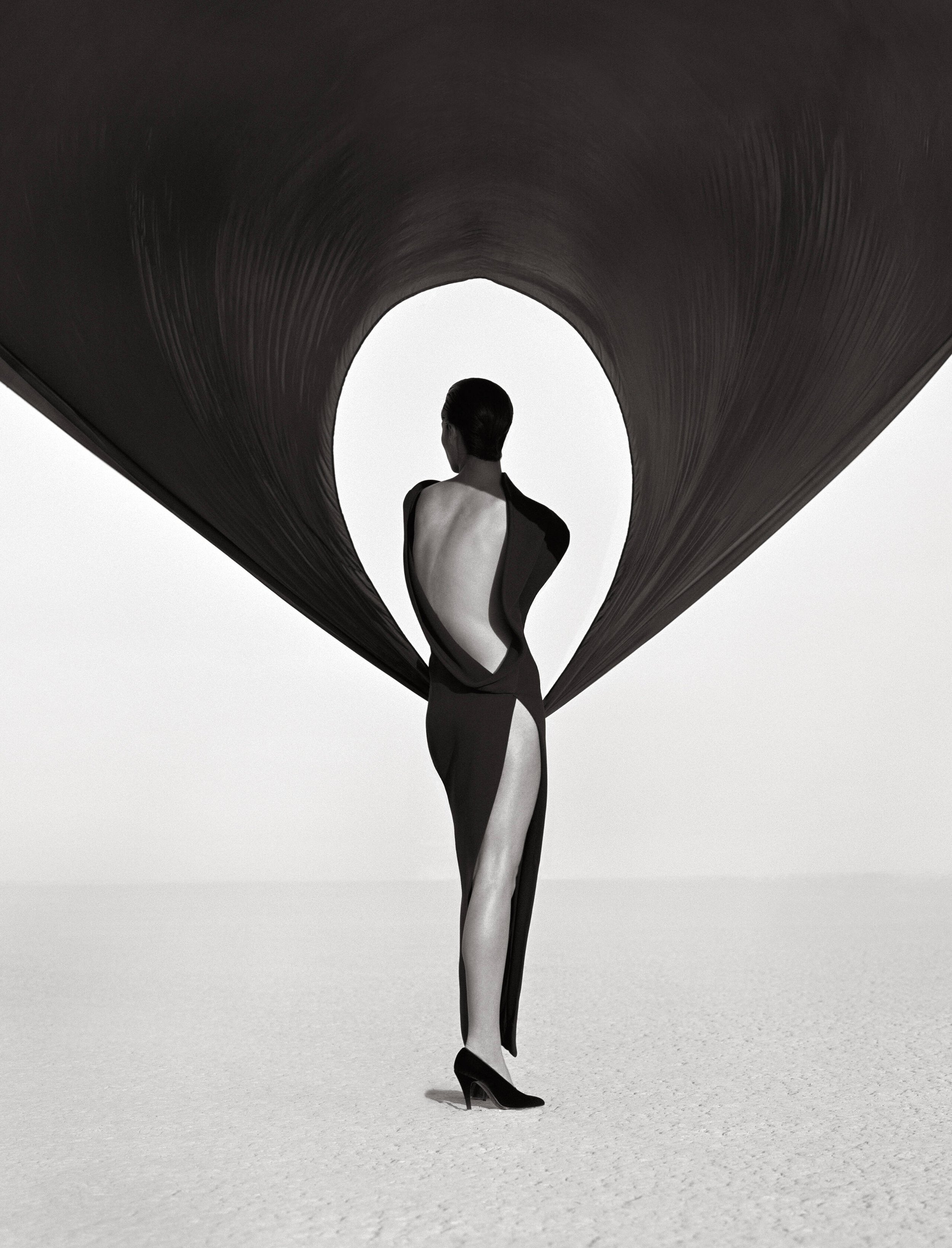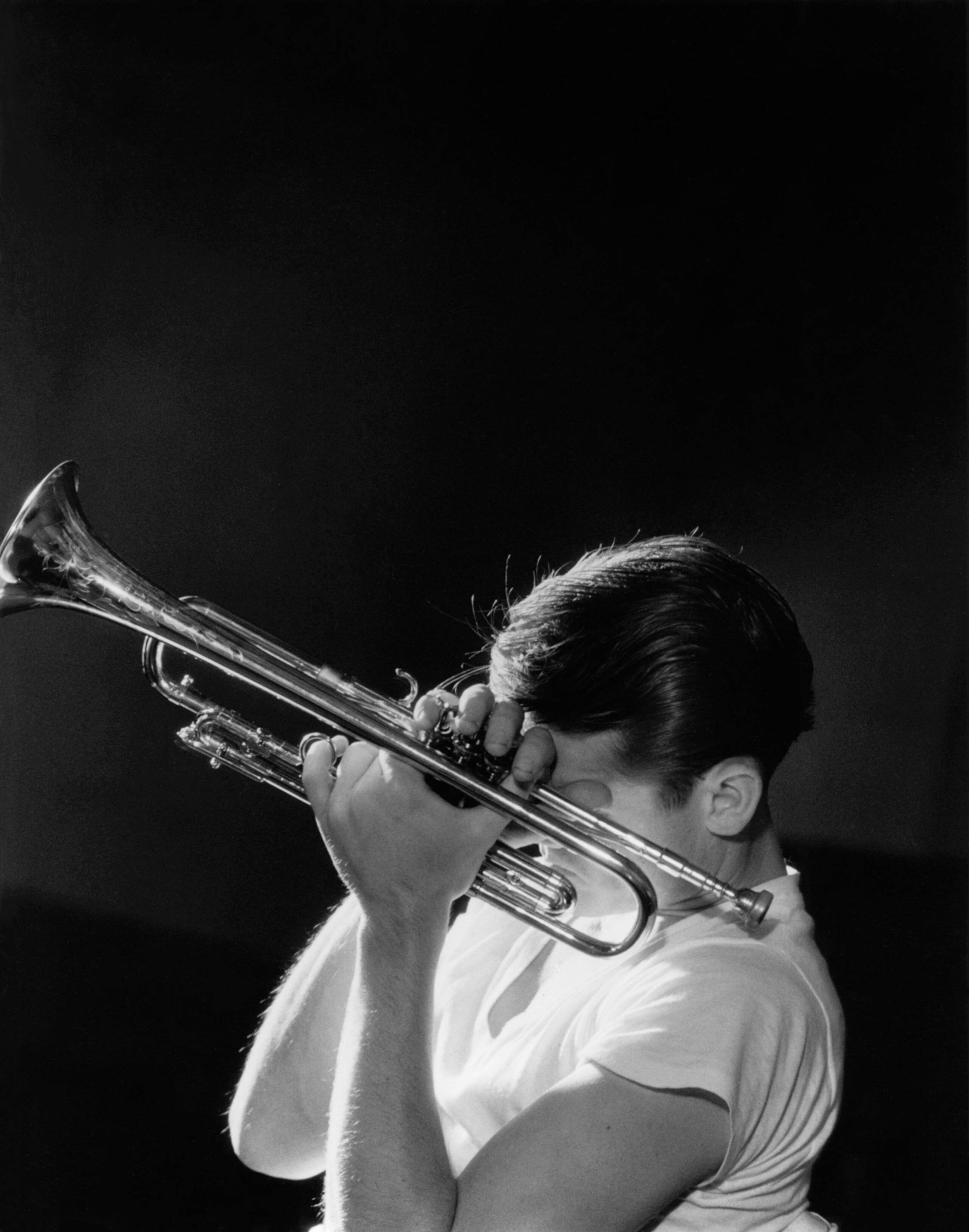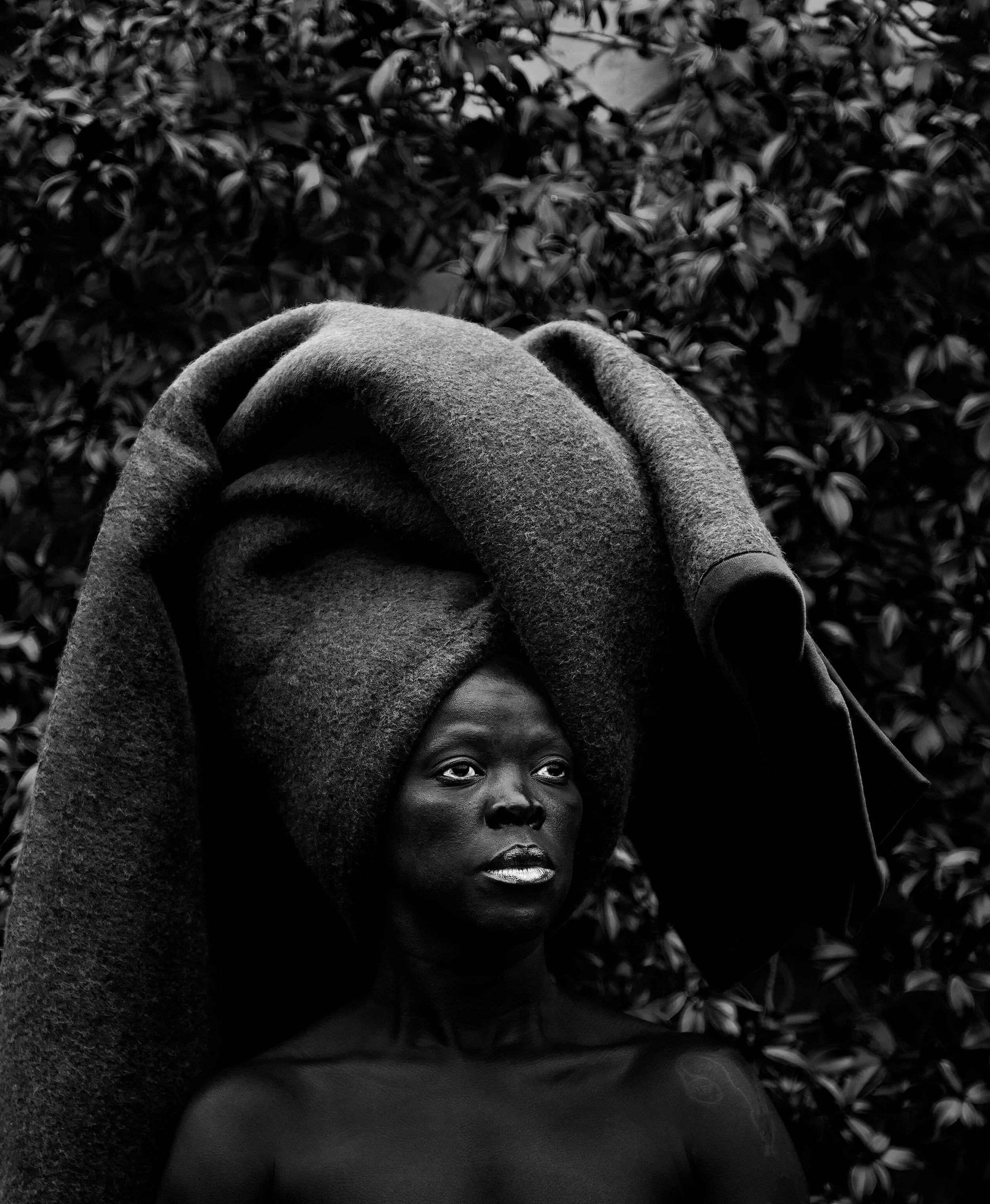Fragile Beauty: Photographs from the Sir Elton John and David Furnish Collection Review
Elton John: Egg On His Face, New York, David LaChapelle, 1999. © David LaChapelle.
Walking through the curved hallway, you’re met with a statuesque Black and white photo. One man, stripped to his chest covered in bees, nearly feeling the prickly skin buzzing around his neck and nape. The eyes from the photograph watch you, shifting uncomfortably to the sensation hovering in the air. That is the first moment of Fragile Beauty, an exhibition of Sir Elton John and David Furnish's photography collection of world-renowned faces and artists.
The meticulous fashion photographs make abrupt and predictable changes to the harrowing entrance. But through further inspection, there is a careful unraveling of life understood by John and Furnish. The peculiar twists and turns of the body garner fascination with Versace’s dress, marking more than a moment of beauty but isolation. The subtlety of the fashion portion of the exhibit has a double layer of meaning, giving the audience a chance to see beyond our normal surface level of the displayed fashion garments. Instead, the audience questions how we interpret the open space of yearning and arranged silence.
The exhibition moves through spaces of Hollywood, capturing the world’s most extraordinary talents in moments of endearment and honesty. The lens turns our perspective of happiness and fame to a relatable pause, like the portraits of Marilyn Monroe dazed off in thought. The exhibit is portioned off into sections, the next being desire. The scarlet room highlighted homoerotic photography through the male gaze and depicted provocation and tenderness in the same breath. This section took the viewer on a historical journey of photographing gender fluidity in decades as early as the 1950s when that art production could get an artist persecuted and jailed.



Left to right: Versace Dress (Back View), El Mirage, Herb Ritts, 1990. © Herb Ritts Foundation, Courtesy of Fahey Klein Gallery, Los Angeles. Chet Baker, Herman Leonard, New York City, 1956. © Herman Leonard Photography, LLC. Labo I, Zanele Muhol, 2019, Torino, Italy. © Zanele Muholi. Courtesy of the artist and Yancey Richardson, New York.
Most notable was the sizable area dedicated to chronicled political events. The visual report was a wide-eyed moment for mainly white men collectors. Daunting the horrifying truths of racism, war, and terrorism that surprisingly dug deep into American secrets. Unbeknownst to me, Elton John spent considerable time in Atlanta ( decades), shaping his perspective of the South and its beautifully desecrated changes. The audience viewed parallel images of rural streets ghosted with overgrown weeds and trees alongside flashing colors of decadent churchgoers. The summation of life that I, a southern girl myself, know all too well.
There are definite and remarkable curated images ( a sprawling collection of David LaChapelle featuring none other than Elton John Sir himself) that set the stone for intentional work. However, the bleakness of the raw life pervades this exhibition, forcing us to grapple with what we know and understand. We are met with the section Fragile Beauty, finding a sense of the entire collection’s purpose. Picture excerpts from a harrowing series, such as Violent Children by Mary Ellen Mark, depict children in their adult reality.
To capsulate this momentous experience was the Thanksgiving Series by Nan Goldin, 149 prints of raw beauty, love, and tragedy from her life and friends between 1978 and 1999. The geometric housing of the series immerses the viewer completely, with no real chance to look away. An honest view of the world flashing between cumbersome and a hot desire to live, sending off the message for the entire exhibit. The world lives in pockets of moments that reveal some type of beauty, no matter how ugly they are.

